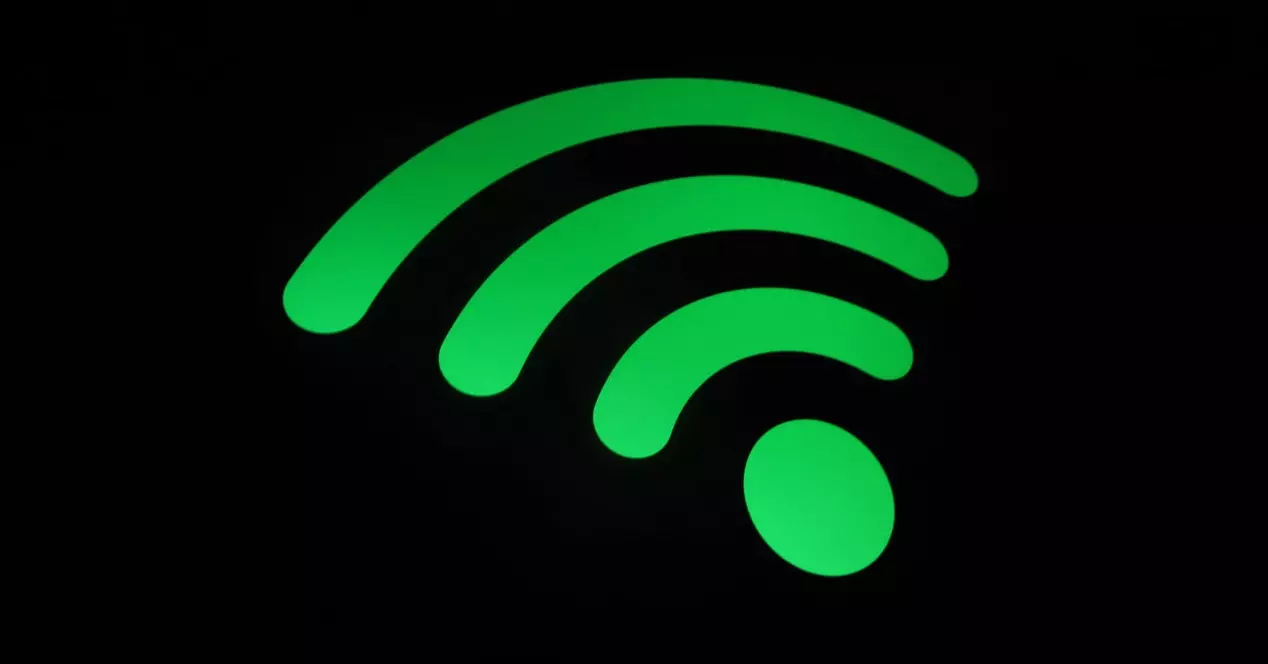
Streaming video, or audio, has changed in recent years. Both the format, the quality of the transmission, and the content itself have improved considerably. So today, we take great pleasure in using Netflix, Spotify, Twitch, or YouTube, no longer remembering streaming inconveniences like low quality, poor bandwidth, or expensive data transmission.
But what is streaming? How does streaming work? The responses to these questions are vital to discovering why this technology is named the future of the digital content medium.
What is streaming? Simply definition.
Streaming is a mode of audio and video data transfer that allows you to play media files without downloading them. This distribution technique has the main advantage of giving direct access to content anytime, without waiting for downloading. In other words, we are talking about streaming, when users can watch videos or listen to music online through a browser or app on demand. In much more detail, streaming is the continuous delivery of video or audio files in chunks, one by one, from a server to a user’s device.
How does streaming work?
The streaming program will download a portion of the content (called a packet) and place it in the buffer memory to watch a video or listen to music. When there is enough data in this memory for the piece of an audio or video file, you can play the entire file without waiting to download it to the device’s memory. Instead, during playback, the following data packets will be downloaded in the background, feeding the buffer memory with the remainder of the file.
This technique is useful when the total file size or playback time is vast. It avoids downloading the entire file before reading it and provides faster access to content. Streaming is widely used for broadcasting TV series or movies on the Internet.
The main difference between streaming and downloading
In the case of downloading, the entire video or audio file is downloaded to the user’s device for playback. However, in the streaming issue, the video or audio is loaded in fragments rather than in its entirety. When the user plays the role of the video or audio, the next part goes through the streaming process, which is ready when the user finishes watching the first part. This way, the user gets minimal loading time (buffering) while watching or listening.
Types of streaming
There are two types of streaming:
- Real-time encoded: audio or video is recorded from a capture device (e.g., a camera) and streamed to the user in real time. These are live streaming and video conferencing solutions.
- Pre-coded: streaming delivers previously recorded and stored files to the user on demand. Popular platforms, such as YouTube or Netflix, operate on this principle.
Regardless of the type, streaming is the technology of the future. Today’s app users demand real-time digital experiences, and apps that process streaming data provide better performance and increase customer satisfaction.
Do you want to read more about streaming technology? Check an article on Elpassion’s blog – What is Streaming? Definition and How it Works



